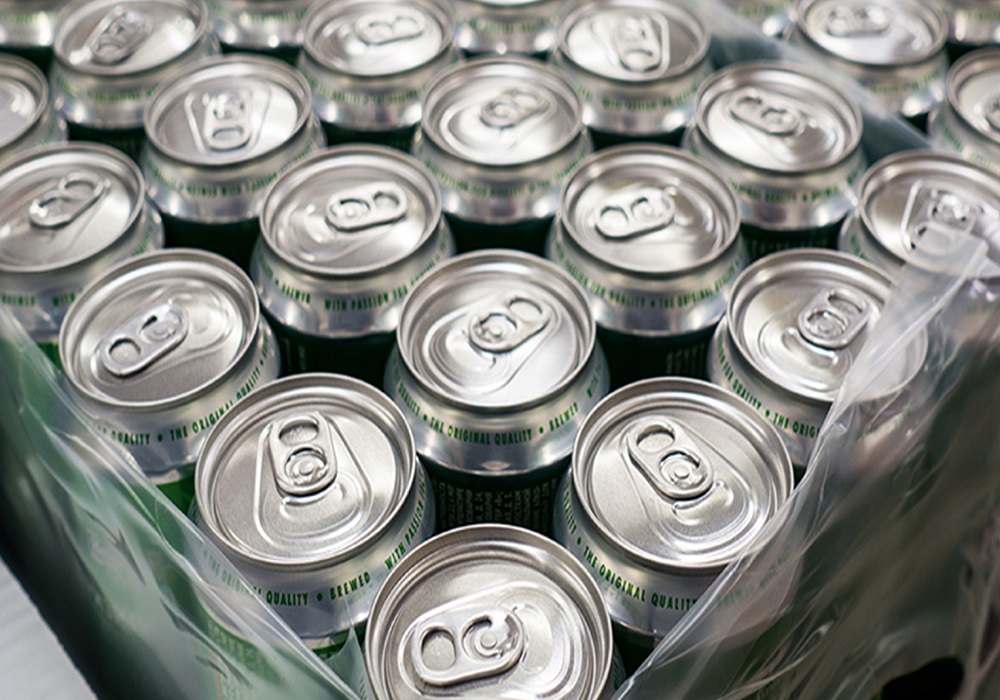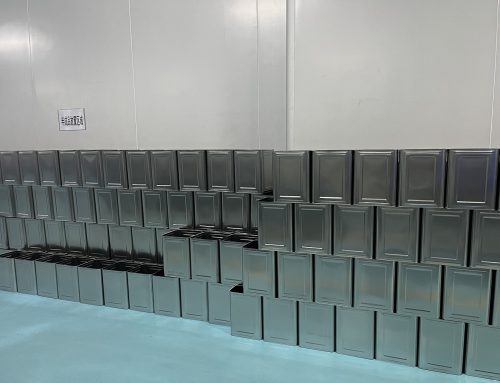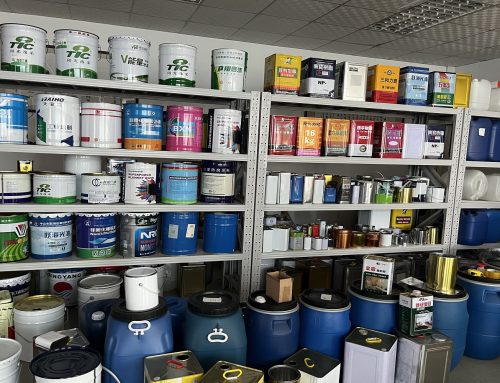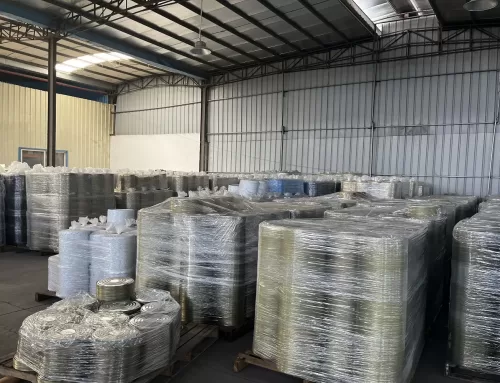The packaging industry has always been an important consumer market for aluminum and has been rapidly growing. In 2005, global aluminum consumption for packaging and containers accounted for approximately 21% of the total global aluminum production. Packaging industry products include household packaging materials, flexible packaging, food containers, bottle caps, tubes, beverage cans, and food cans.
One of the most successful applications of aluminum is aluminum beverage cans. Aluminum food cans are also rapidly penetrating the market, with soft drinks, beer, coffee, fast food, meat products, and alcoholic beverages being packaged in aluminum cans. Draft beer can be transported in aluminum kegs. Aluminum is also widely used in the packaging of toothpaste, food, ointments, pigments, as well as in flexible tubes for pharmaceuticals and spray cans.
Since the introduction of two-piece easy-open aluminum cans, especially in the form of two-piece pull-tab cans, in the early 1960s in the United States, they have been considered the preferred packaging containers for beer and carbonated beverages due to their lightweight, corrosion resistance, good heat conductivity, excellent processability, recyclability, and aesthetic appeal. With economic development and the improvement of people’s living standards, the demand for easy-open cans has been increasing.

Full-aluminum can materials include three types of thin strip coils (0.25-0.30mm): can body material, can end material or lid material, and pull-ring material. In the early 1930s, the United States began producing beer flat-top cans, which were made of tinplate and had a similar overall shape to glass bottles. In the 1950s, the can ends evolved into a flat shape and later improved to aluminum ring-pull lids. Aluminum can ends and pull-rings are used not only for full-aluminum easy-open cans but also for approximately 40% of tinplate flat-top cans.
Aluminum aerosol cans are also a part of metal container packaging. Cosmetics are one of the major users of metal packaging, second only to food and chemicals and surpassing the pharmaceutical industry in demand. For volatile, permeable, or liquid cosmetics containing organic solvents, such as mousse, liquid hair gel, insecticides, perfumes, air fresheners, shaving foam, paints, and gas extinguishers, aerosol canisters are used as the packaging containers.
Aluminum aerosol cans are formed by extruding a single aluminum block and necking it down with a curled edge to create an integral can. With the rapid improvement in people’s awareness of quality of life, the consumption of cosmetics, especially makeup products, is increasing. The usage of aluminum aerosol cans is expected to increase year by year. Currently, China’s annual consumption of aerosol cans accounts for only 6% of the global total. Although the annual growth rate of metal containers is only around 4%, compared to the per capita consumption in developed countries, China’s per capita consumption of 0.43 cans ranks second in the world, indicating significant development potential.




